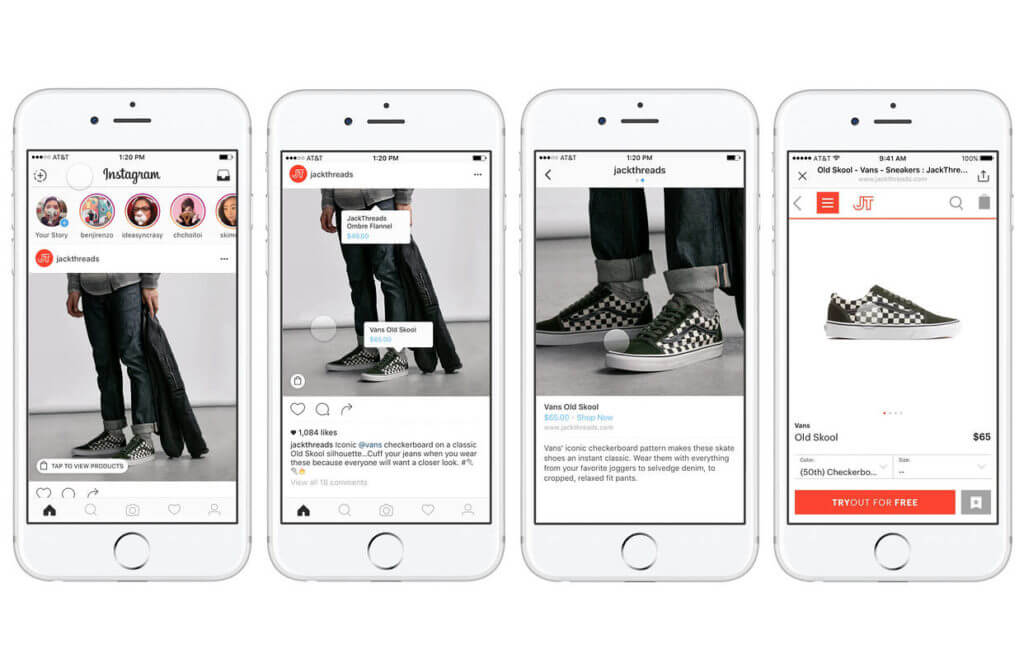INSIGHTS
INSIGHTS
SCROLL
INSIGHTS
Knowledge, insights and expertise for the creative mind.
A successful branding campaign lays the foundation for the bigger things in your organisation, keeping your brand at the top of everyone’s mind. It tells people what to expect from your brand and shows how you stand out from the rest.
On the other hand, a badly executed branding campaign draws criticisms and sets the wrong tone for your brand going forward. Even the most well-known brands that employ branding agencies or invest thousands of dollars for a branding campaign to create one can flop in their branding campaigns.
To avoid making a mistake of your own, here are 4 rules to help you execute a successful branding campaign.
To better support companies looking to upgrade and innovate their business domestically or overseas, the Enterprise Development Grant (EDG) was set-up in October 2018, which replaced the existing Capability Development Grant (CDG) and the Global Company Partnership (GCP).
The EDG provides funding for up to 70% of qualifying project costs namely 3rd-party consultancy fees, software and equipment, and internal manpower cost.
The EDG is restricted to projects that are new and not generating revenue during the application. That means no contract signing with the suppliers or service providers and no work or payment for the project beforehand.
All local projects must be completed within 18 months upon successful application, while projects under the Overseas Marketing Presence (OMP) must be completed within 12 months.
The once photo-and-video-sharing application has turned into more than just a platform for you to share your selfies or stalk your favourite brands or celebrities. Now, you can look to purchase your desired items straight off Instagram, changing Instagram marketing forever.
Last year, Instagram introduced shoppable tags, where brands could tag up to 5 products in a photo. The feature was then developed to be included in stories and videos. This allows users to access their favourite products by viewing a short description and its price with a single tap.

The digital marketing industry has seen massive changes over recent years and Artificial Intelligence (AI) is a rising factor. Because of the expansion of AI, we are able to study and identify consumer trends when crafting marketing strategies. This is vital, as an effective partnership between AI and digital marketing results in a boost for performance and revenue.
In line with the AI rave, Facebook has acquired the genius startup, GrokStyle. Yes, the social media goliath has acquired the entire team behind the savvy invention. By emerging with a one-of-a-kind invention, Grokstyle has helped multinational corporations communicate with its consumers effectively. Their point-and-search functionality earned recognition when it was added to Ikea’s mobile application, Place.

Beyond enhancing its AI inventions, the social media platform is on a roll to get new technology to contribute to their AI capabilities. Brands and companies can continually adopt new technology to always be ahead in engaging its audience while exploring and tapping into new territories for digital marketing in the near future.
To fully maximise the use of existing social media features, speak to professionals who can craft a thorough strategy just for you.
So how should I utilise AI in my marketing strategies?
AI has evolved to be beneficial to many industries, as seen by Facebook expanding on AI’s creative abilities to enhance their consumers’ experience. How about you?
As we ease ourselves into 2019, we couldn’t help but notice the plethora of website designs that have surfaced in the past months. With the abundance of information, good web design examples and website design tips found online, it is easy to identify the trends that can be adaptable across different brands.
In this digital age, identifying trends is important for any brand and this is even more evident in website designs. Users are exposed to countless online content daily – being behind the times or outdated affects your website’s user experience.
Hence, to help you to improve your website design, we’ve sniffed out some prominent trends that you can learn from:
Rebranding is becoming a more common marketing strategy, which can range from changing business models to a simple logo rebrand. Whether it is to stand out from your competitors or to remove negative associations, rebranding is essentially executed with the purpose to change attitudes and perspectives.
Logo rebranding is a small aspect of rebranding, where brands revamp their logo by changing the name, typeface or visual icon to establish a fresh identity. While it can be simple, there have been questionable attempts that have occurred.

One recent example would be Zara’s recent logo change, that has raised a few eyebrows. By reducing the kerning of the logo, it became less appealing to users, akin to a ‘typography bus crash’.
That being said, there are successful logo rebrands out there that have drawn raves and positive reviews. If you are looking at a logo rebrand, here are our 4 favourite successful examples:








